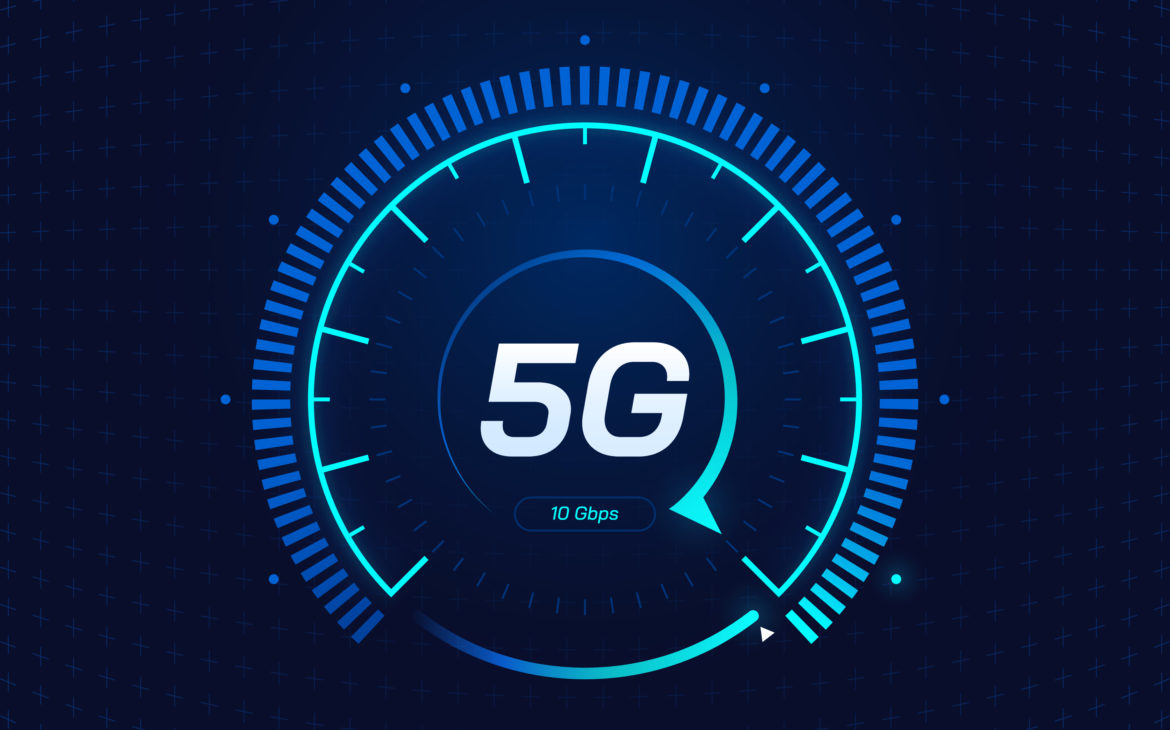Together, they achieved a peak download speed of 9.4 Gbps on Telstra’s live 5G Standalone network. In a controlled lab setting, this speed exceeded 10 Gbps, demonstrating the full potential of the technology.
These enhanced speeds pave the way for transformative applications in digital connectivity. They promise smoother experiences in video streaming, online gaming, and rapid downloads, even in densely populated locations like stadiums and transportation hubs. Moreover, this advancement sets the stage for future innovations, including artificial intelligence, augmented reality, and virtual reality, all of which require substantial data transfer rates.
The achievement took place at Telstra’s Innovation Center on the Gold Coast, where Ericsson’s advanced Radio System base station, equipped with their 5G Advanced software, powered a live mobile site. MediaTek’s platform further optimized these capabilities. By employing New Radio Dual Connectivity and NR Carrier Aggregation, the system successfully integrated multiple frequency layers for efficient operation.
Technologically, the demonstration utilized Ericsson’s RAN Processor 6672 alongside key hardware components, including AIR 5322, AIR 3258 radios, and Radio 4466. The setup combined spectrum across various bands and connected to Ericsson’s Dual Mode Core via the Router 6675, ensuring low latency. MediaTek’s chipset enabled a mobile device to achieve these groundbreaking speeds.
Back in September 2024, Telstra became the first in Australia to deploy Ericsson’s 4th-generation Radio Access Network (RAN) platform. This deployment marked the foundation for Australia’s 5G Advanced platform, utilizing Ericsson’s RAN Processor 6672 in a centralized configuration known as Centralized RAN. This configuration tripled the network’s capacity while cutting energy consumption by 60 percent.
Telstra also became the first telecom operator to test, validate, and use commercial traffic on Ericsson’s RAN Compute platform. This new platform is crucial for future network innovations, enabling advanced automation and AI/ML features, and offering up to 20 times more preloaded AI models than its predecessors.
